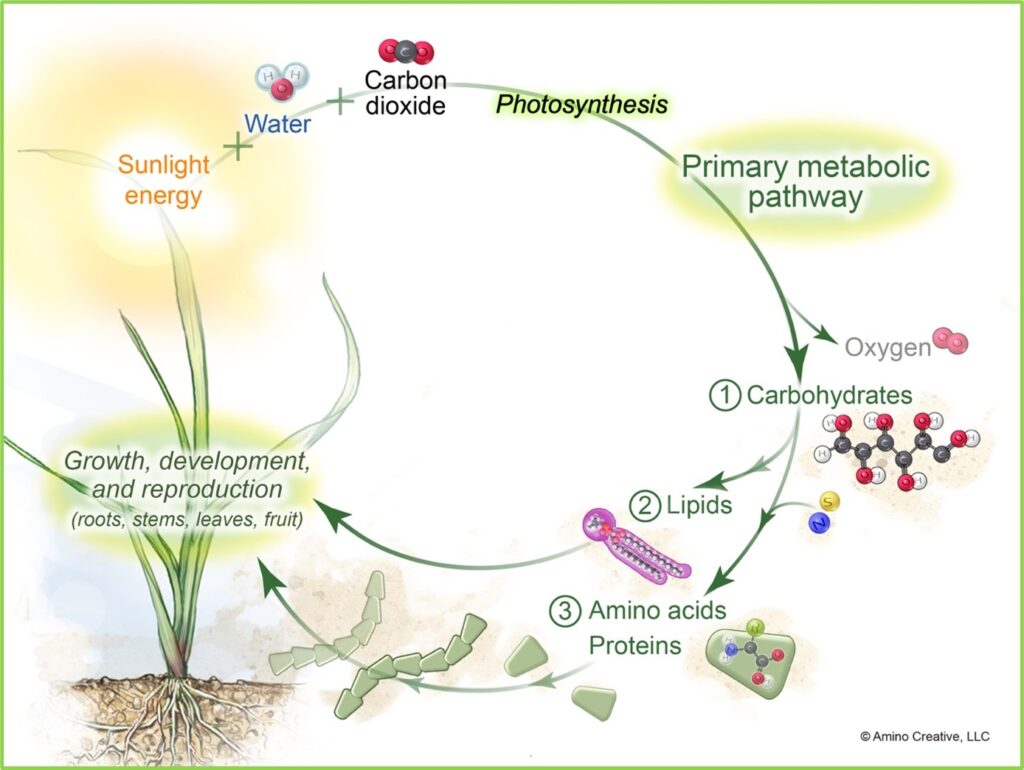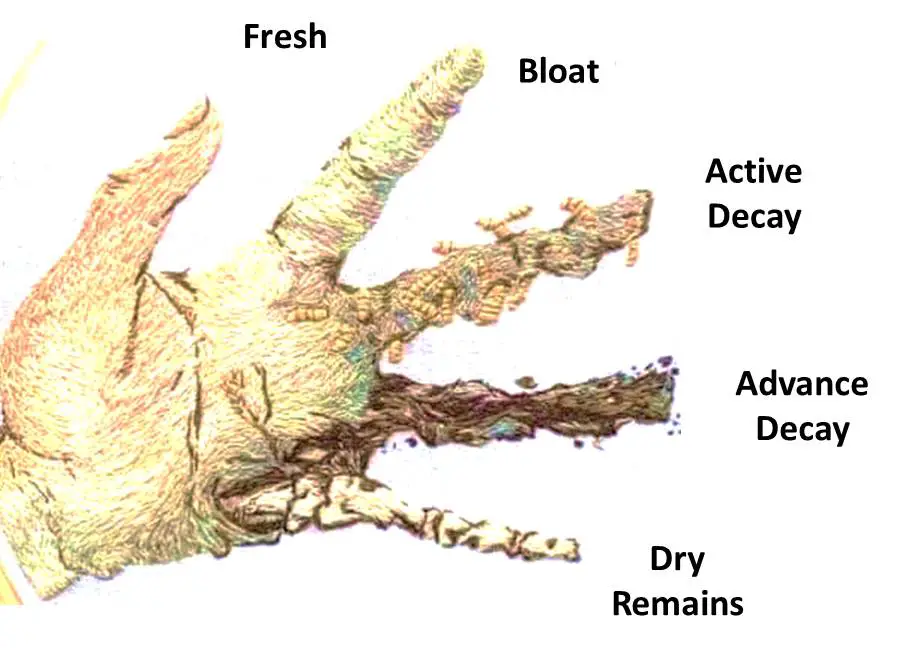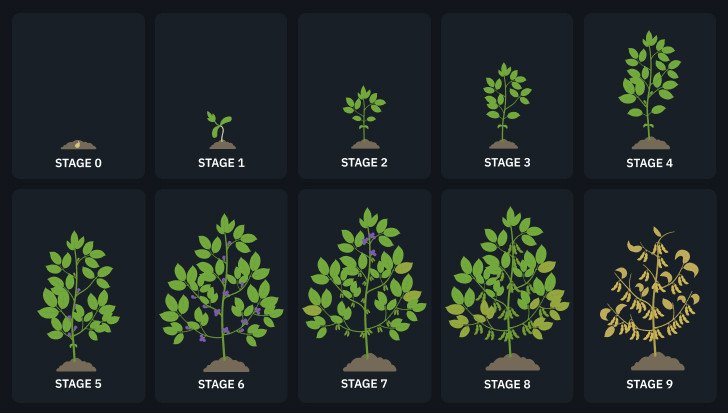
Understanding Plant Respiration Rates: A Comprehensive Guide
Plants, the silent architects of our world, are often perceived as passive entities, quietly absorbing sunlight and converting it into sustenance. However, beneath this tranquil facade lies a dynamic and intricate metabolic process: plant respiration. This essential function, akin to breathing in animals, is fundamental to plant survival, growth, and overall health. Understanding plant respiration rates is crucial for anyone interested in botany, agriculture, environmental science, or simply appreciating the wonders of the natural world. This article will delve deep into the intricacies of plant respiration, exploring its mechanisms, influencing factors, and significance in various contexts.
What is Plant Respiration? The Basics
At its core, plant respiration is the process by which plants break down glucose (a sugar produced during photosynthesis) to release energy. This energy, stored in the form of ATP (adenosine triphosphate), fuels all the plant’s life processes, from growth and reproduction to nutrient transport and defense mechanisms. Essentially, it’s the plant’s way of “breathing” – taking in oxygen and releasing carbon dioxide, much like animals do.
Unlike photosynthesis, which requires sunlight, respiration occurs continuously, both day and night. It’s a vital process that ensures the plant has the energy it needs to function, regardless of external conditions. Without respiration, the plant would quickly deplete its energy reserves and cease to function.
The Chemical Equation of Respiration
The basic chemical equation for plant respiration is the reverse of photosynthesis:
C6H12O6 (glucose) + 6O2 (oxygen) → 6CO2 (carbon dioxide) + 6H2O (water) + Energy (ATP)
This equation illustrates that glucose and oxygen are the inputs, and carbon dioxide, water, and energy (in the form of ATP) are the outputs. This process occurs in the mitochondria, often referred to as the “powerhouses” of the plant cell.
The Mechanisms of Plant Respiration
Plant respiration is a complex process involving multiple steps, each with its own set of enzymes and chemical reactions. Let’s break down the key stages:
1. Glycolysis
Glycolysis is the first stage, occurring in the cytoplasm of the cell. It involves the breakdown of glucose into two molecules of pyruvate. This process produces a small amount of ATP and NADH (nicotinamide adenine dinucleotide), an electron carrier.
2. The Krebs Cycle (Citric Acid Cycle)
If oxygen is present, the pyruvate molecules enter the mitochondria, where they are further processed in the Krebs cycle. This cycle generates more ATP, as well as electron carriers (NADH and FADH2) and carbon dioxide. The carbon dioxide is released as a waste product.
3. Oxidative Phosphorylation (Electron Transport Chain)
The final stage takes place in the inner mitochondrial membrane. The electron carriers (NADH and FADH2) deliver electrons to the electron transport chain. As electrons move along the chain, energy is released, which is used to pump protons across the membrane, creating a proton gradient. This gradient drives the synthesis of ATP through a process called chemiosmosis. This stage produces the majority of the ATP generated during respiration.
Factors Influencing Plant Respiration Rates
Several environmental and internal factors can significantly impact the rate of plant respiration. Understanding these factors is essential for optimizing plant growth and productivity in various agricultural and environmental settings.
1. Temperature
Temperature is a major driver of respiration rates. Generally, as temperature increases, respiration rates also increase, up to a certain point. This is because higher temperatures speed up the enzymatic reactions involved in respiration. However, excessively high temperatures can denature enzymes, leading to a decline in respiration. The optimal temperature range for respiration varies depending on the plant species.
2. Oxygen Availability
Oxygen is a crucial reactant in respiration. Without sufficient oxygen, the Krebs cycle and oxidative phosphorylation cannot function efficiently, and the plant will resort to anaerobic respiration (fermentation), which produces much less ATP. The availability of oxygen is particularly important for roots, which can suffer from oxygen deprivation in waterlogged soils.
3. Light Intensity
Light indirectly influences respiration rates. During photosynthesis, plants produce glucose, which is the primary fuel for respiration. Higher light intensity typically leads to increased photosynthetic rates, resulting in more glucose available for respiration. However, respiration itself does not directly require light.
4. Carbon Dioxide Concentration
While carbon dioxide is a product of respiration, it can also indirectly affect the rate. High concentrations of CO2 can sometimes inhibit respiration, while low concentrations can also limit the photosynthetic rate, which in turn affects the glucose available for respiration.
5. Plant Age and Growth Stage
Young, actively growing plants generally have higher respiration rates than older, more mature plants. This is because young plants require more energy for cell division and growth. The stage of development also plays a role; for example, flowering and fruiting often require increased respiration rates.
6. Plant Species
Different plant species have varying respiration rates. Factors such as their metabolic pathways, adaptation to their environment, and inherent growth strategies contribute to these differences. For instance, plants adapted to hot climates might have higher respiration rates than those in cooler environments.
7. Water Availability
Water is essential for all metabolic processes, including respiration. Water stress can slow down respiration, as it can affect enzyme activity and nutrient transport.
Measuring Plant Respiration Rates
Scientists and researchers use various methods to measure plant respiration rates. These measurements provide valuable insights into plant metabolism and can be used to assess plant health and productivity.
1. Gas Exchange Measurements
This is one of the most common methods. It involves measuring the exchange of gases (oxygen and carbon dioxide) between the plant and its environment. Researchers use specialized equipment, such as infrared gas analyzers (IRGAs), to quantify the uptake of oxygen or the release of carbon dioxide. These measurements are often conducted in controlled chambers or in the field.
2. Isotopic Labeling
Isotopic labeling involves using isotopes of carbon, oxygen, or other elements to track the movement of molecules during respiration. This technique allows researchers to follow the fate of specific atoms and gain a detailed understanding of the metabolic pathways involved.
3. Calorimetry
Calorimetry measures the heat released during respiration. This method provides a direct measure of the energy produced by the plant. While less commonly used than gas exchange measurements, calorimetry can provide valuable information about the overall metabolic activity of the plant.
4. Respirometry
Respirometers are devices used to measure the rate of oxygen consumption or carbon dioxide production. They can be used to study respiration in various plant tissues, such as leaves, stems, and roots. Respirometry is particularly useful for studying respiration under controlled conditions.
The Significance of Plant Respiration
Plant respiration is not just a fundamental process; it plays a crucial role in various aspects of plant life and the environment.
1. Growth and Development
Respiration provides the energy needed for cell division, cell expansion, and the synthesis of new tissues. Without sufficient energy, plants cannot grow, develop, or reproduce effectively.
2. Nutrient Uptake and Transport
Respiration fuels the active transport of nutrients from the soil into the plant and throughout the plant’s vascular system. This process is essential for providing the plant with the building blocks it needs to survive.
3. Stress Tolerance
Respiration helps plants cope with environmental stresses, such as drought, heat, and cold. By providing energy for defense mechanisms, respiration allows plants to withstand adverse conditions and maintain their functionality.
4. Carbon Cycling
Plant respiration is a significant component of the global carbon cycle. Plants absorb carbon dioxide from the atmosphere during photosynthesis and release it during respiration. Understanding respiration rates helps scientists model and predict the impact of plants on climate change.
5. Agricultural Productivity
In agriculture, understanding respiration rates is crucial for optimizing crop yields. By managing environmental factors that influence respiration, such as temperature and water availability, farmers can promote healthy plant growth and maximize productivity.
6. Ecosystem Function
Plant respiration plays a vital role in ecosystem function. It influences the decomposition of organic matter, the release of nutrients into the soil, and the overall balance of gases in the atmosphere. This process is a fundamental part of the intricate web of life.
Plant Respiration in Different Environments
The rate and characteristics of plant respiration can vary considerably depending on the environment in which the plant is growing.
1. Aquatic Environments
In aquatic environments, the availability of oxygen is often a limiting factor for respiration, particularly in submerged plants. Plants have adapted in various ways to overcome this challenge, such as developing air spaces (aerenchyma) to transport oxygen to their roots and other submerged tissues. The rate of respiration can also be affected by the temperature and light availability in the aquatic environment.
2. Desert Environments
Plants in desert environments have evolved strategies to conserve water, which can also impact respiration. They often have lower respiration rates during the hottest part of the day to minimize water loss through transpiration. They may also have adaptations like Crassulacean acid metabolism (CAM) photosynthesis, which separates carbon dioxide uptake and fixation in time, affecting respiration.
3. Tropical Environments
In tropical environments, plants often experience high temperatures and abundant sunlight, which can lead to increased respiration rates. However, the availability of water and nutrients is also critical for maintaining optimal respiration. The high biodiversity in tropical rainforests is also linked to the complex interplay of respiration and other biological processes.
4. Temperate Environments
Temperate environments experience seasonal variations in temperature and light, which significantly influence respiration rates. Plants must adapt to these changes, often exhibiting higher respiration rates during the growing season and lower rates during the dormant winter months.
Respiration vs. Photosynthesis: A Balancing Act
Respiration and photosynthesis are two sides of the same coin, working in a delicate balance. Photosynthesis captures energy from sunlight and converts it into glucose, while respiration breaks down glucose to release energy. The ratio between photosynthesis and respiration is crucial for plant survival and growth.
In general, during the day, photosynthesis rates are higher than respiration rates, leading to a net production of oxygen and a net consumption of carbon dioxide. At night, photosynthesis ceases, and plants rely solely on respiration, consuming oxygen and releasing carbon dioxide.
The balance between photosynthesis and respiration is affected by environmental factors. For example, under high light intensity, photosynthesis rates increase, leading to a greater supply of glucose for respiration. However, if the temperature is too high, respiration rates may increase excessively, potentially depleting the plant’s energy reserves.
Practical Applications of Understanding Respiration Rates
Knowledge of plant respiration rates has several practical applications across diverse fields:
1. Agriculture
Farmers and agricultural scientists use this knowledge to optimize crop yields. By understanding how factors like temperature, light, and water availability affect respiration, they can manage these factors to promote healthy plant growth. This can involve adjusting irrigation practices, using greenhouses to control temperature, and selecting crop varieties that are well-suited to the local climate.
2. Horticulture
Horticulturalists and gardeners use this knowledge to care for plants in gardens and nurseries. They can manage environmental conditions to promote optimal respiration rates, ensuring healthy growth and vibrant blooms. This includes providing adequate light, proper watering, and appropriate temperatures.
3. Forestry
Foresters use this knowledge to manage forests and promote sustainable timber production. They can assess the health of trees by measuring respiration rates, which can help them identify trees that are stressed or diseased. They can also use this information to manage forest resources in a way that minimizes the impact on the environment.
4. Climate Change Research
Researchers use this knowledge to study the impact of climate change on plant ecosystems. They can measure respiration rates to assess how plants are responding to changes in temperature, carbon dioxide levels, and water availability. This information helps them understand the role of plants in the global carbon cycle and predict the effects of climate change.
5. Environmental Science
Environmental scientists use this knowledge to monitor the health of ecosystems and assess the impact of pollution on plants. They can measure respiration rates to assess the effects of air and water pollution on plant health. This information helps them develop strategies to protect and restore ecosystems.
Future Directions in Plant Respiration Research
Plant respiration research is a dynamic field, and ongoing studies are constantly expanding our understanding of this crucial process. Several areas are particularly promising for future research:
1. Metabolic Pathways
Scientists are actively investigating the intricate metabolic pathways involved in respiration, aiming to identify new enzymes and regulatory mechanisms. This research could lead to new strategies for optimizing plant growth and productivity.
2. Environmental Interactions
Researchers are studying the complex interactions between respiration and various environmental factors, such as climate change, pollution, and nutrient availability. This research will help us understand how plants are responding to environmental stresses and develop strategies for mitigating the negative impacts of these stresses.
3. Genetic Engineering
Genetic engineering techniques are being used to modify plant respiration rates, aiming to improve plant performance. For example, researchers are working to increase the efficiency of respiration, making plants more productive and resilient to environmental stresses.
4. Modeling and Simulation
Computational models are being developed to simulate plant respiration and predict its response to environmental changes. These models will help scientists understand the complex interactions between respiration and other plant processes and make informed decisions about plant management.
Conclusion: The Breath of Life and Its Significance
Plant respiration is a fundamental process that underpins the survival, growth, and overall health of plants. It is a complex and dynamic process that is influenced by a variety of environmental and internal factors. Understanding plant respiration rates is crucial for anyone interested in botany, agriculture, environmental science, or simply appreciating the wonders of the natural world.
From the intricate biochemical reactions within the mitochondria to the impact of respiration on the global carbon cycle, this process plays a vital role in our planet’s ecosystems. By delving into the details of plant respiration, we gain a deeper appreciation for the intricate workings of the natural world and the essential role that plants play in sustaining life on Earth.
As research continues to unravel the mysteries of plant respiration, we can expect to see even more advancements in our understanding of this critical process and its implications for plant health, agricultural productivity, and environmental sustainability. By studying the breath of life, we gain a deeper appreciation for the silent heroes that support our planet.



